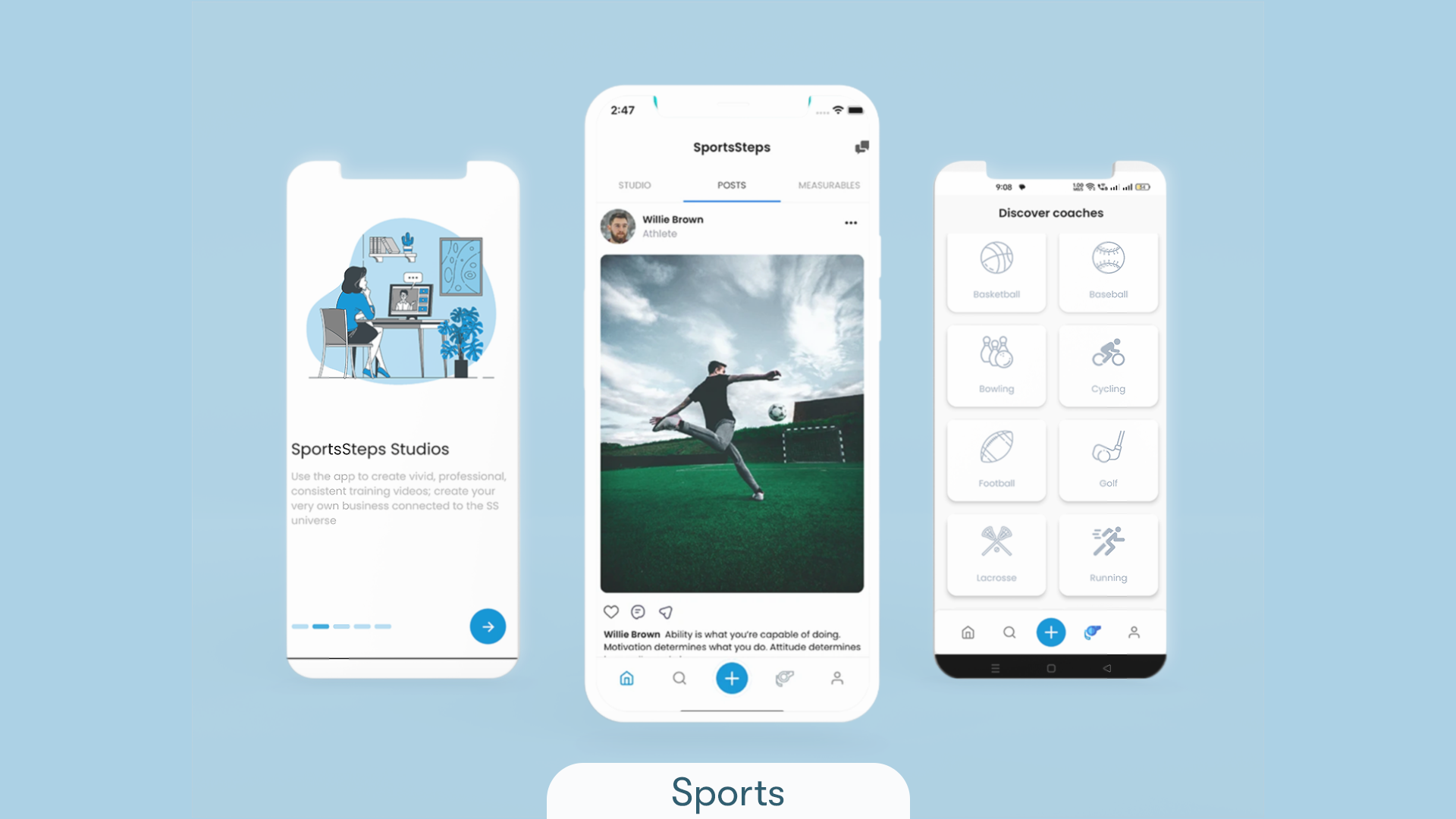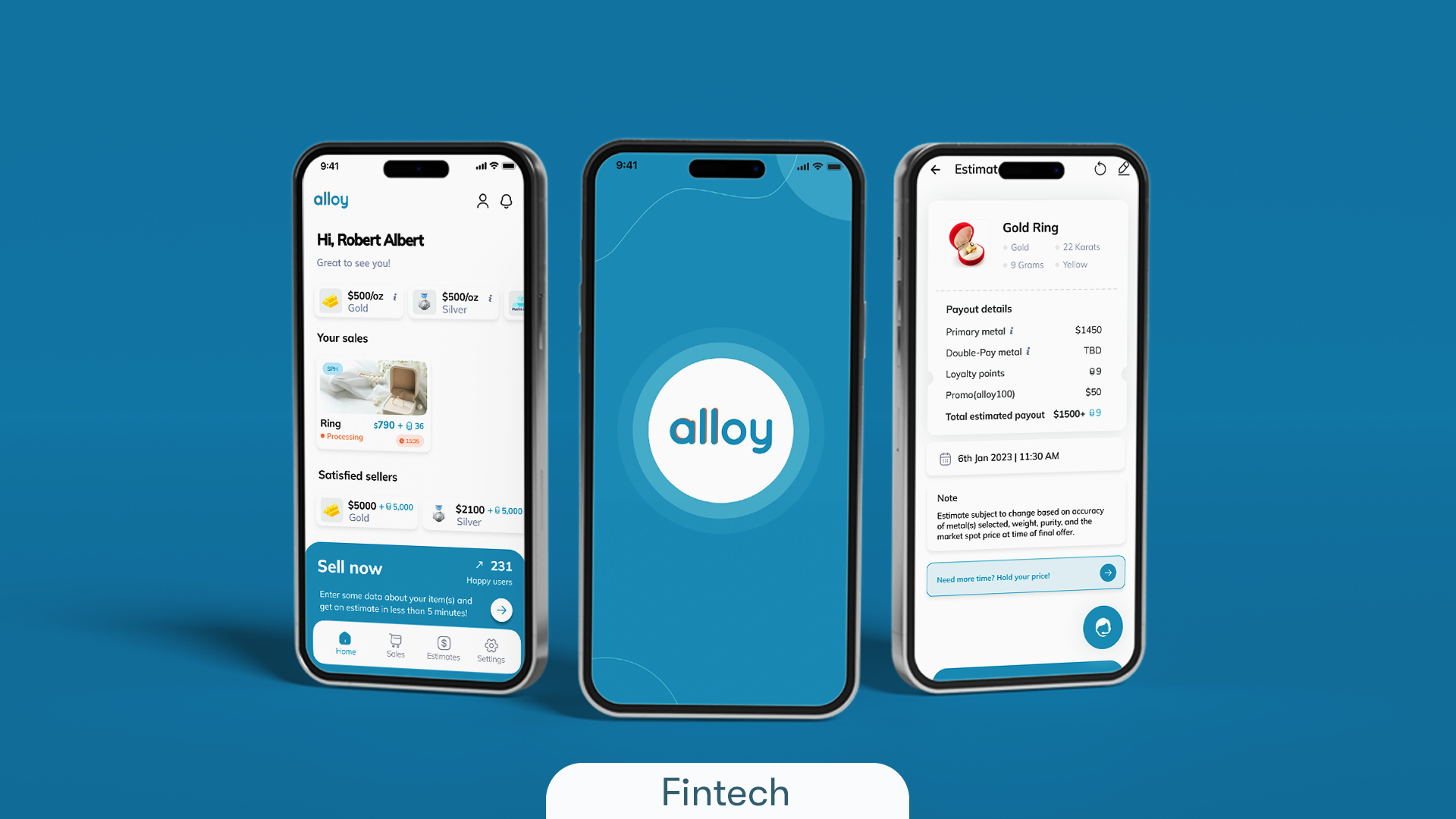June 19th, 2024 at 10:36 am
Developing a mobile app in the UK comes with navigating a landscape where costs vary significantly depending on complexity and features. It’s a journey akin to setting sail, where each decision—whether to invest in cutting-edge features or streamline for efficiency—affects the final budget. Understanding these dynamics is crucial for steering through the intricate waters of app development economics.
Let’s explore practical steps to navigate your app development journey towards cost efficiency without compromising quality. From prioritising essential features and adopting the Minimal Viable Product (MVP) approach to leveraging cross-platform development and partnering with seasoned experts like Nordstone, we’ll delve into strategies tailored to UK standards.
Understanding the Cost of Developing Mobile Apps
Before diving into cost-saving strategies, it’s essential to understand the components that contribute to the overall cost of developing a mobile app. These include:
- Development Hours: The time developers spend coding and building the app.
- Design: Creating an intuitive and attractive user interface and experience.
- Project Management: Coordinating tasks, timelines, and resources.
- Quality Assurance: Testing the app to ensure it’s free of bugs and works as intended.
- Maintenance: Ongoing updates and support post-launch.
How to Reduce App Development Costs Without Compromising on Quality?
Reducing costs does not mean cutting corners or sacrificing the quality of your app. Here are some strategies to achieve cost efficiency while maintaining high standards.
Step 1: Prioritise Features and Phases
Begin by identifying and prioritising essential features for your app. Focus on core functionalities that address the primary needs of your target users. Consider dividing the development process into phases, starting with a Minimum Viable Product (MVP) that includes only crucial features. This approach allows you to launch quickly, gather user feedback, and iteratively add new features based on user demand and budget availability.
Step 2: Adopt the Minimal Viable Product (MVP) Approach
The MVP approach involves developing a basic version of your app with core features to test its market viability and gather user feedback. By focusing on essential functionalities, you can reduce initial development costs and validate your app concept before investing in additional features and enhancements.
Benefits of the MVP Approach:
- Cost Efficiency: Reduces initial development costs by focusing on essential features.
- User Feedback: Provides insights into user preferences and behaviours.
- Market Validation: Helps in validating the app concept before investing in full-scale development.
Step 3: Utilise Cross-Platform Development
Opting for cross-platform development frameworks such as React Native or Flutter allows you to build a single codebase that works seamlessly on both iOS and Android devices. This approach eliminates the need for separate development teams and reduces the time and costs associated with maintaining multiple codebases.
Advantages of Cross-Platform Development:
- Cost-Effective: Reduces the need for separate development teams for each platform.
- Faster Development: Streamlines the development process, leading to quicker launches.
- Consistency: Ensures a consistent user experience across different platforms.
Step 4: Outsource to a Reputable Development Company
Partnering with a reputable app development company can streamline your development process and reduce costs. Outsourcing allows you to access a skilled team of developers with expertise in various technologies and industries without the overhead costs of hiring and maintaining an in-house team. Experienced app developers can also offer valuable insights and best practices to ensure your app meets industry standards and user expectations.
Benefits of Outsourcing:
- Expertise: Access to a team of skilled developers with experience in various industries.
- Flexibility: Ability to scale the team up or down based on project requirements.
- Focus: Allows you to concentrate on core business activities while the development is handled by professionals.
Step 5: Leverage Pre-Built Solutions and Open Source Libraries
Integrating pre-built solutions and open-source libraries can accelerate development time and reduce costs by leveraging existing functionalities and components. These tools are often maintained by a community of developers, ensuring regular updates and support for your app’s features.
Advantages:
- Speed: Accelerates the development process by providing readily available solutions.
- Cost Savings: Reduces the need to develop features from scratch.
- Community Support: Open-source libraries often have robust community support and regular updates.
How Much It Costs to Make an App in the UK?
The cost of developing a mobile app in the UK varies widely based on several factors, including app complexity, design requirements, and the development team’s rates. On average, a basic app can cost between £10,000 and £40,000, while a more complex app with advanced features can exceed £100,000.
FAQ’s About Reducing App Development Costs
Q: Can I reduce costs without compromising on app quality?
A: Yes, by prioritising features, adopting the MVP approach, and leveraging cross-platform development, you can reduce costs while maintaining high quality. Partnering with an experienced development company like Nordstone can also ensure quality outcomes.
Q: What is the most cost-effective way to develop an app for both iOS and Android?
A: Cross-platform development frameworks like React Native or Flutter allow you to create a single codebase that works on both iOS and Android, significantly reducing development costs and time.
Q: How can I ensure my app remains within budget during development?
A: Effective project management, regular communication with your development team, and setting clear milestones and deliverables can help keep your app development project within budget.
Q: What are the risks of cutting costs too much in app development?
A: Cutting costs excessively can lead to poor quality, lack of essential features, and a subpar user experience. It’s important to balance cost savings with maintaining the quality and functionality of the app.











